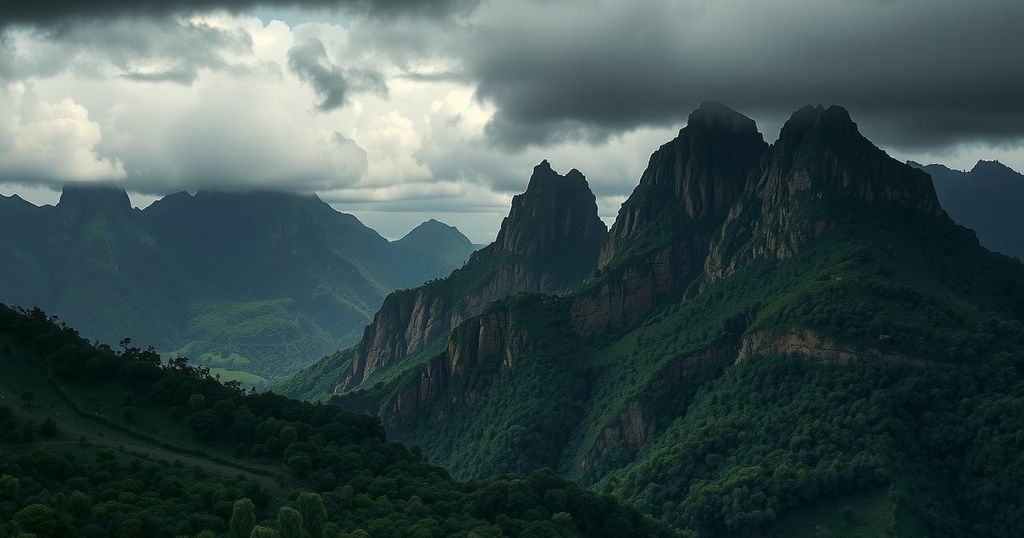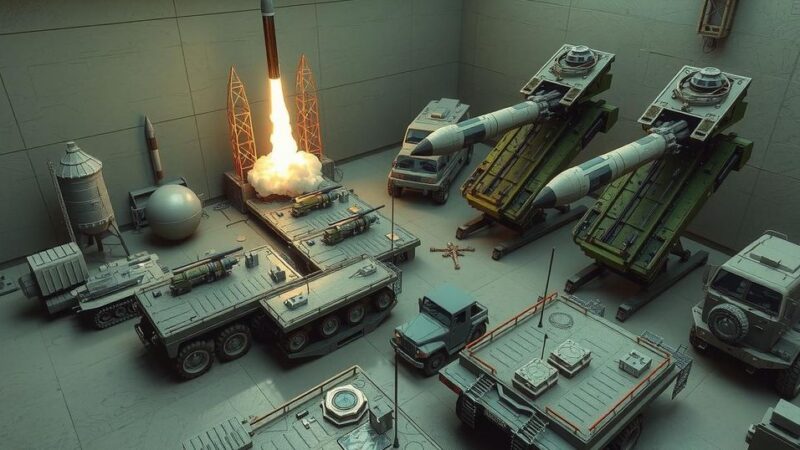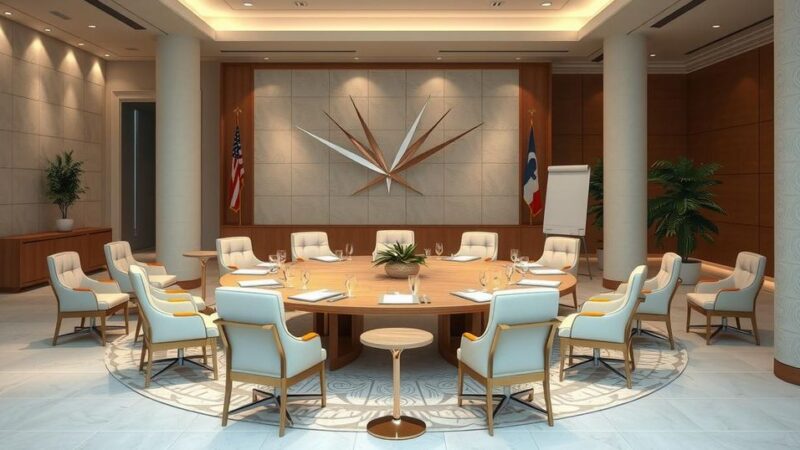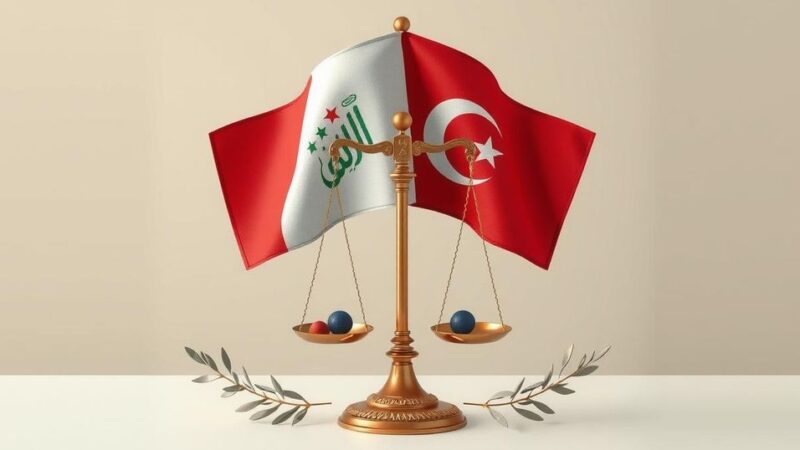Eastern DRC experiences ongoing conflict fueled by the resurgence of M23 rebels supported by Rwanda. Key factors include resource exploitation, political fragmentation, and the presence of multiple armed groups, complicating peace efforts in the area.
The persistent conflict in eastern Democratic Republic of Congo (DRC) is underscored by the recent resurgence of M23 rebels, allegedly supported by Rwanda. This development represents the latest episode in a prolonged cycle of instability, significantly influenced by the region’s rich deposits of rare earth minerals.
The multifaceted nature of the conflict can be attributed to various factors, including historical grievances, the involvement of foreign nations, and the exploitation of resources by local and international actors. Political fragmentation and lack of governance further exacerbate the situation, hindering any resolution.
Moreover, the presence of numerous armed groups and the ongoing humanitarian crisis have intensified the violence and suffering of civilians. Efforts to stabilize the region face significant hurdles due to the complex interplay of these dynamics, making it challenging to forge a path towards lasting peace and security.
In conclusion, the conflict in eastern DRC remains entrenched due to a combination of internal strife, foreign intervention, resource exploitation, and governance failures. Addressing these interconnected issues is crucial for establishing sustainable peace in this historically troubled region.
Original Source: www.dw.com






